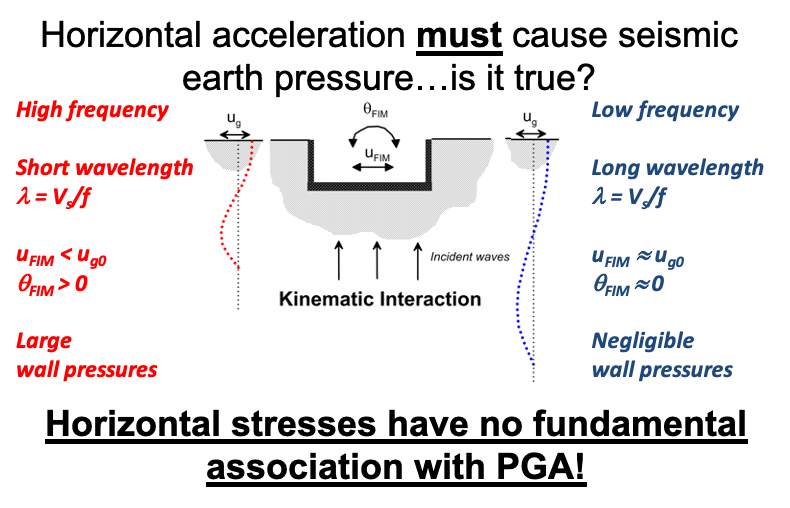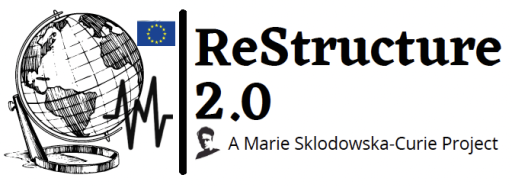
The standard seismic design of retaining structures is based on a century-old theory, that does not account for the actual physical behavior of soil-structure systems. This theory unrealistically assumes that the seismic earth pressure increment is proportional to surface acceleration. Methods based on this theory often lead to conservative design of retaining structures that causes an unsustainable consumption of resources without any benefits on the performance and safety of the construction. Such design approach is against the principles of the European Green Deal that identified the need of cleaner constructions in the Building and Renovation policy area. The main goal of ReStructure 2.0 is to develop a novel physics based framework based on soil-structure interaction principles, recognizing the relative displacement between wall and retained soil as the driving factor in the seismic response of wall-soil system. The proposed method accounts for soil inhomogeneity and non-linearity, wall flexibility, mass of the wall, and different boundary condition at base and top of the wall. This more adequate design approach can lead to a significant reduction of the resources used during the construction, making the process more sustainable, affordable, and green. This novel approach is based on the combination of computational simulations, experimental and field data, relational databases, and machine learning techniques. Two distinct solutions will be developed: (i) complete frequency-dependent elastodynamic approach, and (ii) simplified single-frequency method.
